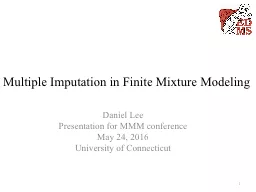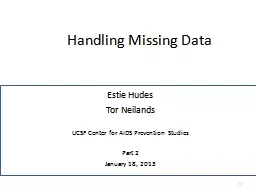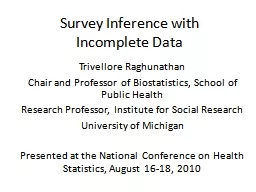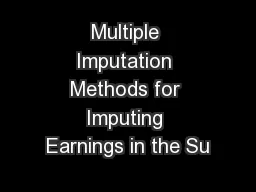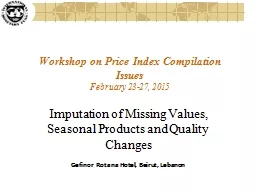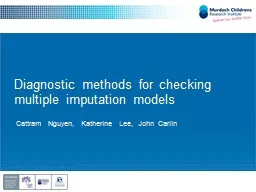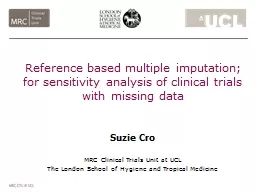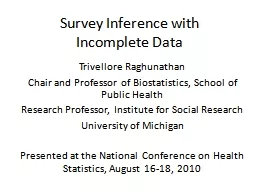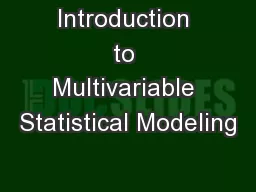PPT-Multiple Imputation in Finite Mixture Modeling
Author : calandra-battersby | Published Date : 2017-05-06
Daniel Lee Presentation for MMM conference May 24 2016 University of Connecticut 1 2 Introduction Finite Mixture Models Class of statistical models that treat group
Presentation Embed Code
Download Presentation
Download Presentation The PPT/PDF document "Multiple Imputation in Finite Mixture Mo..." is the property of its rightful owner. Permission is granted to download and print the materials on this website for personal, non-commercial use only, and to display it on your personal computer provided you do not modify the materials and that you retain all copyright notices contained in the materials. By downloading content from our website, you accept the terms of this agreement.
Multiple Imputation in Finite Mixture Modeling: Transcript
Download Rules Of Document
"Multiple Imputation in Finite Mixture Modeling"The content belongs to its owner. You may download and print it for personal use, without modification, and keep all copyright notices. By downloading, you agree to these terms.
Related Documents

